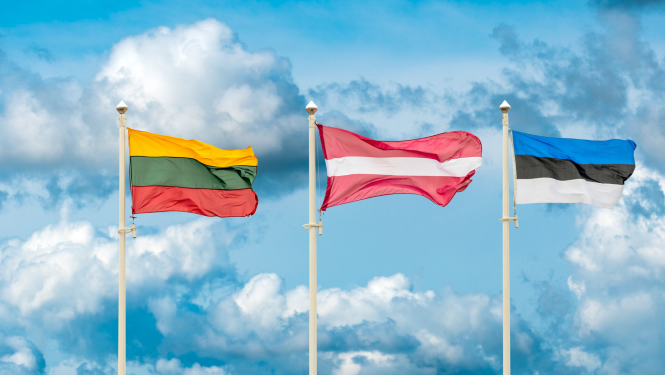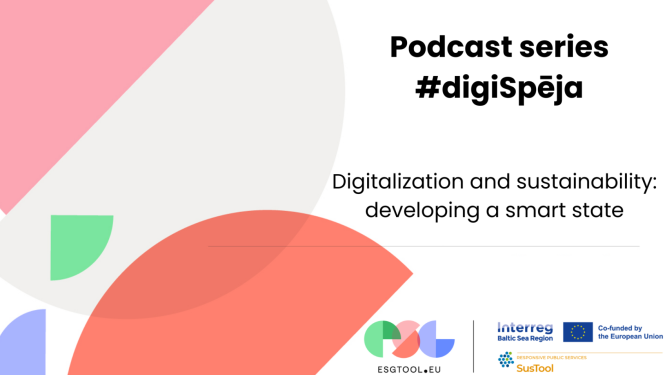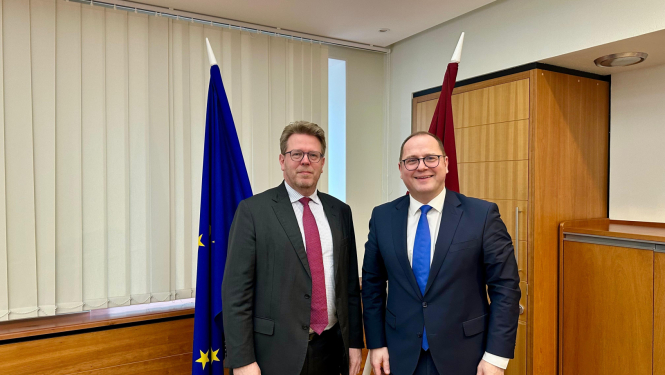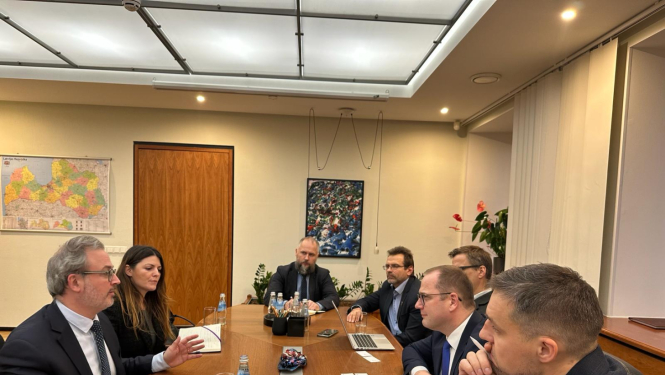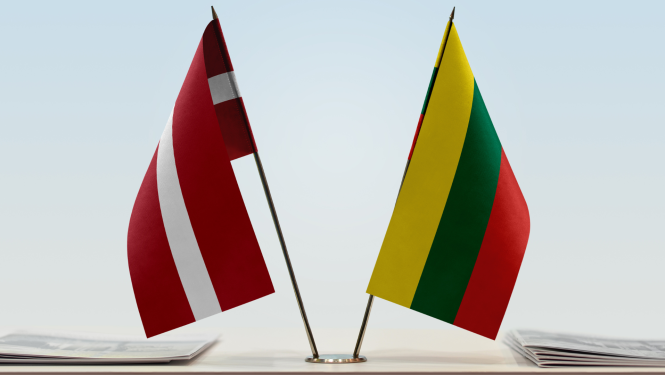On 18-19 December 2025, Raimonds Čudars, Minister for Smart Administration and Regional Development, will participate in the Baltic States' regional affairs ministers' meeting in Lithuania, where the following topics will be discussed recent developments in regional policy issues and priorities for the development of the eastern border regions within the European Union's Multiannual Financial Framework for 2028-2034, including additional support for strengthening socio-economic resilience. …
On 18-19 December 2025, Raimonds Čudars, Minister for Smart Administration and Regional Development, will participate in the Baltic States' regional affairs ministers' meeting in Lithuania, where the following topics will be discussed recent developments in regional policy issues and priorities for the development of the eastern border regions within the European Union's Multiannual Financial Framework for 2028-2034, including additional support for strengthening socio-economic resilience. Raimonds Čudars, Minister for Smart Administration and Regional Development: “Protecting our common interests and European security interests along the eastern border has become a necessity. As ministers responsible for regional policy, we are most…
